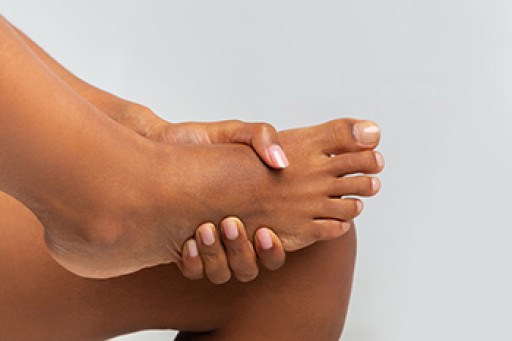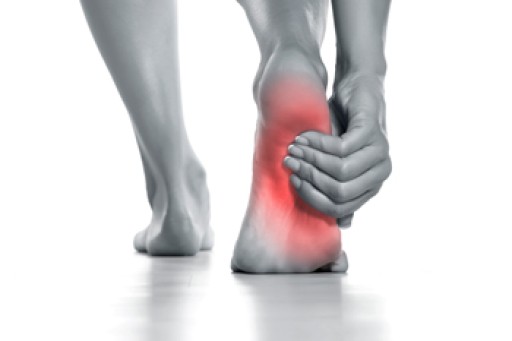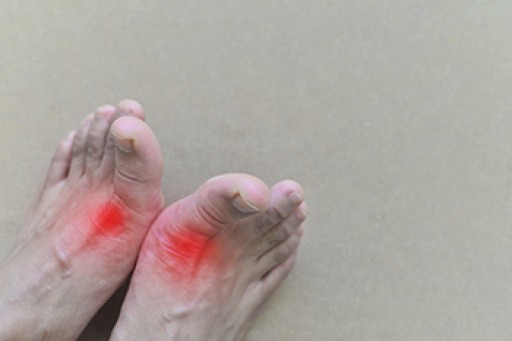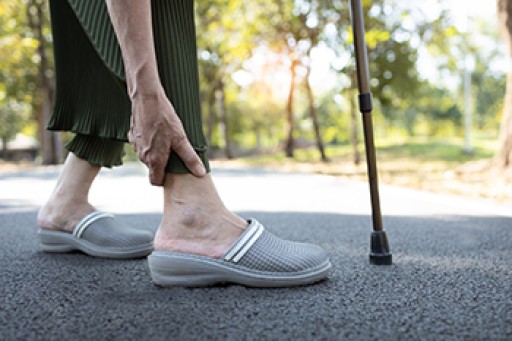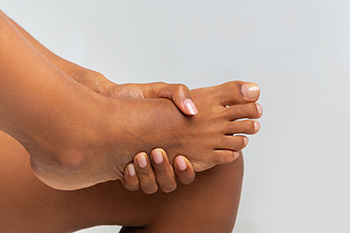
Pain along the outer edge of the foot, also known as lateral foot pain, can result from a number of conditions. It may develop suddenly after an injury or gradually over time due to overuse or poor foot mechanics. Common causes include stress fractures, peroneal tendonitis, ankle sprains, and conditions like cuboid syndrome or arthritis. People with high arches or those who wear unsupportive footwear may be more prone to discomfort in this area. Symptoms can include aching, sharp pain, swelling, or instability during movement. Treatment depends on the cause but often includes rest, footwear changes, targeted exercises, or custom orthotics to improve alignment and reduce pressure. In some cases, imaging or further testing may be needed to confirm the diagnosis. If pain on the outside of your foot is interfering with your routine or is worsening, it is suggested that you consult a podiatrist for an accurate diagnosis and appropriate treatment.
Foot Pain
Foot pain can be extremely painful and debilitating. If you have a foot pain, consult with the podiatrists from Boston Common Podiatry. Our doctors will assess your condition and provide you with quality foot and ankle treatment.
Causes
Foot pain is a very broad condition that could be caused by one or more ailments. The most common include:
- Bunions
- Hammertoes
- Plantar Fasciitis
- Bone Spurs
- Corns
- Tarsal Tunnel Syndrome
- Ingrown Toenails
- Arthritis (such as Gout, Rheumatoid, and Osteoarthritis)
- Flat Feet
- Injury (from stress fractures, broken toe, foot, ankle, Achilles tendon ruptures, and sprains)
- And more
Diagnosis
To figure out the cause of foot pain, podiatrists utilize several different methods. This can range from simple visual inspections and sensation tests to X-rays and MRI scans. Prior medical history, family medical history, and any recent physical traumatic events will all be taken into consideration for a proper diagnosis.
Treatment
Treatment depends upon the cause of the foot pain. Whether it is resting, staying off the foot, or having surgery; podiatrists have a number of treatment options available for foot pain.
If you have any questions, please feel free to contact our office located in Boston, MA . We offer the newest diagnostic and treatment technologies for all your foot care needs.
